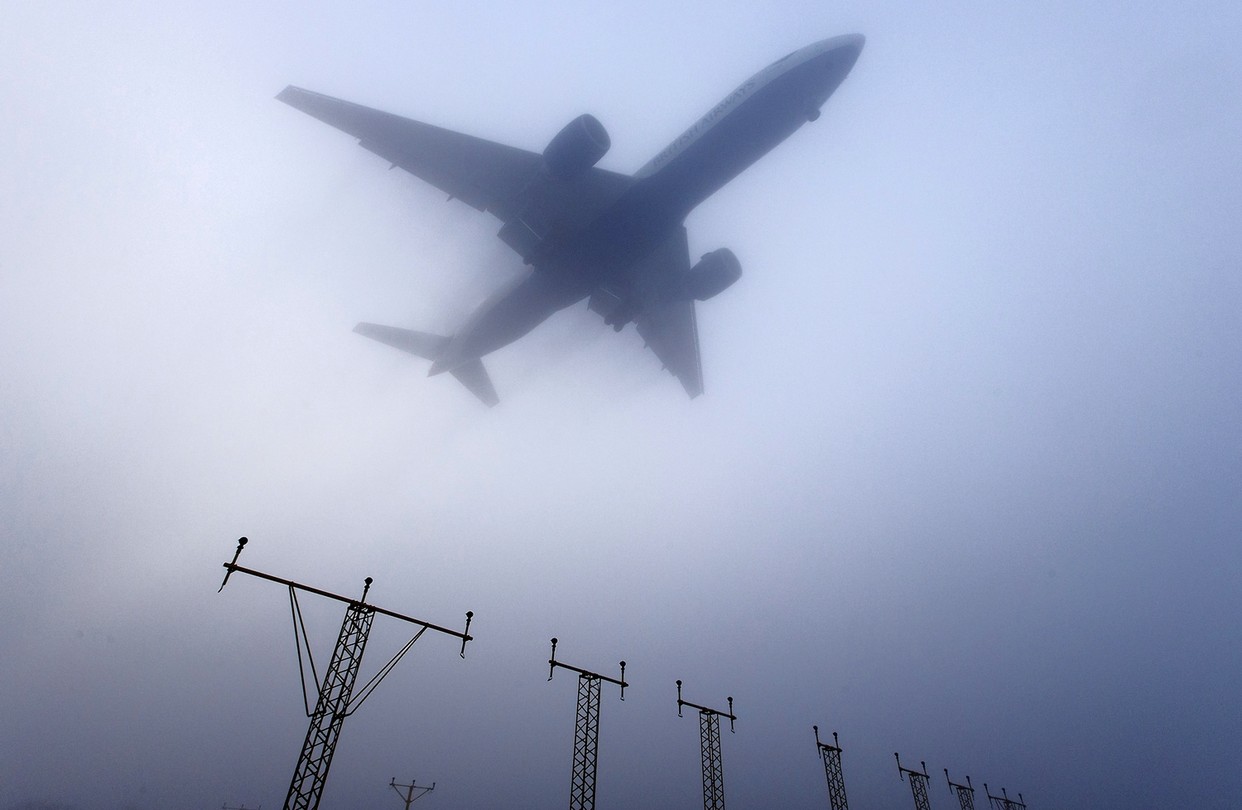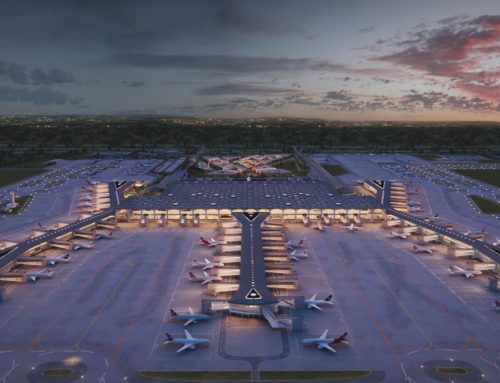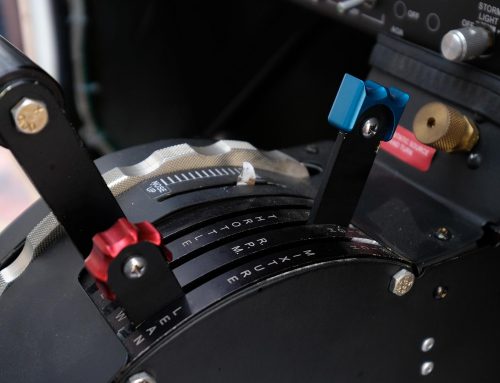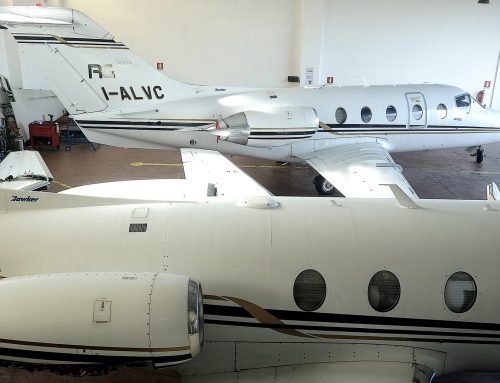Starting the winter season it is easy to find low visibility weather conditions on our flights. One of the problems present during the cold season is fog.
All aircraft, including private jets, are affected by fog and poor visibility. Although many commercial aircraft are equipped with auto-land autopilots (that can land the aircraft in zero visibility), it is on the ground and during the take off phase that most of the Air Traffic Delay occur.
When the visibility at an airport drops below 1,500m (described by pilots and airports as RVR – Runway Visual Range) the airport enforces Low Visibility Procedures (LVPs). During LVPs, Air Traffic will reduce the number of aircraft taxing and taking off to prevent accidents and incidents occurring.

How private jets fly in foggy conditions
But just as in heavy snow and other unforseen weather conditions, the flexibility of private jet charter is a huge advantage in foggy weather. A private jet charter flight plan allows for last minute changes of plan, finding gaps in the fog and rerouting the flight accordingly – not an option open to airlines.
For example while visibility might be 100 metres at London Luton airport, bit could be 4km at London Northolt. So by switching a flight departure from Luton to Northolt, the customer was able to depart with very minimal delays.
As the fog clears huge backlogs for airlines will mean disruption can continue for the next day or two. With many aircraft now out of position, passengers are recommended to contact their airlines for further information before leaving home.
In foggy conditions, the advantages of private jet charter become very clear!




Social Contact